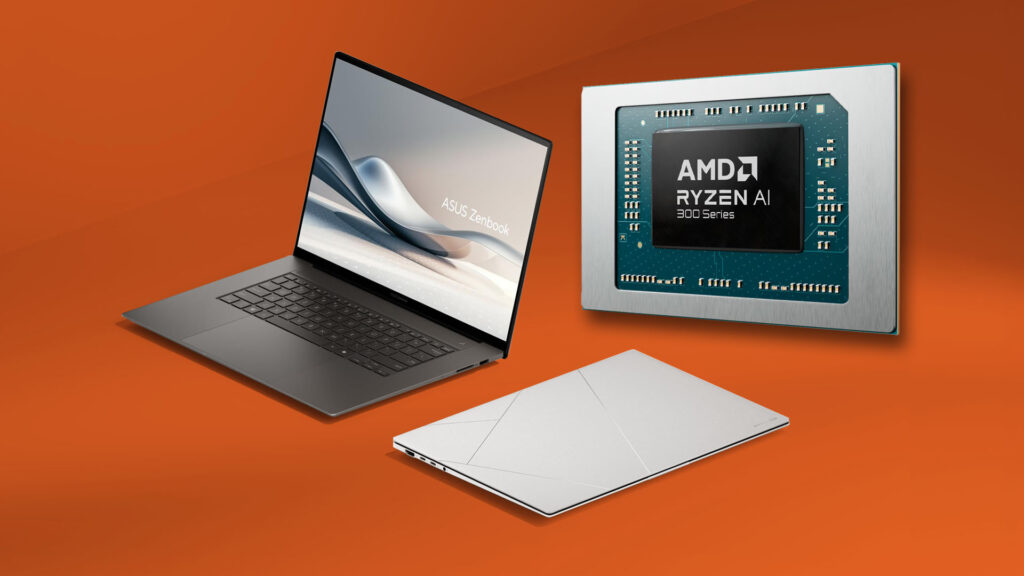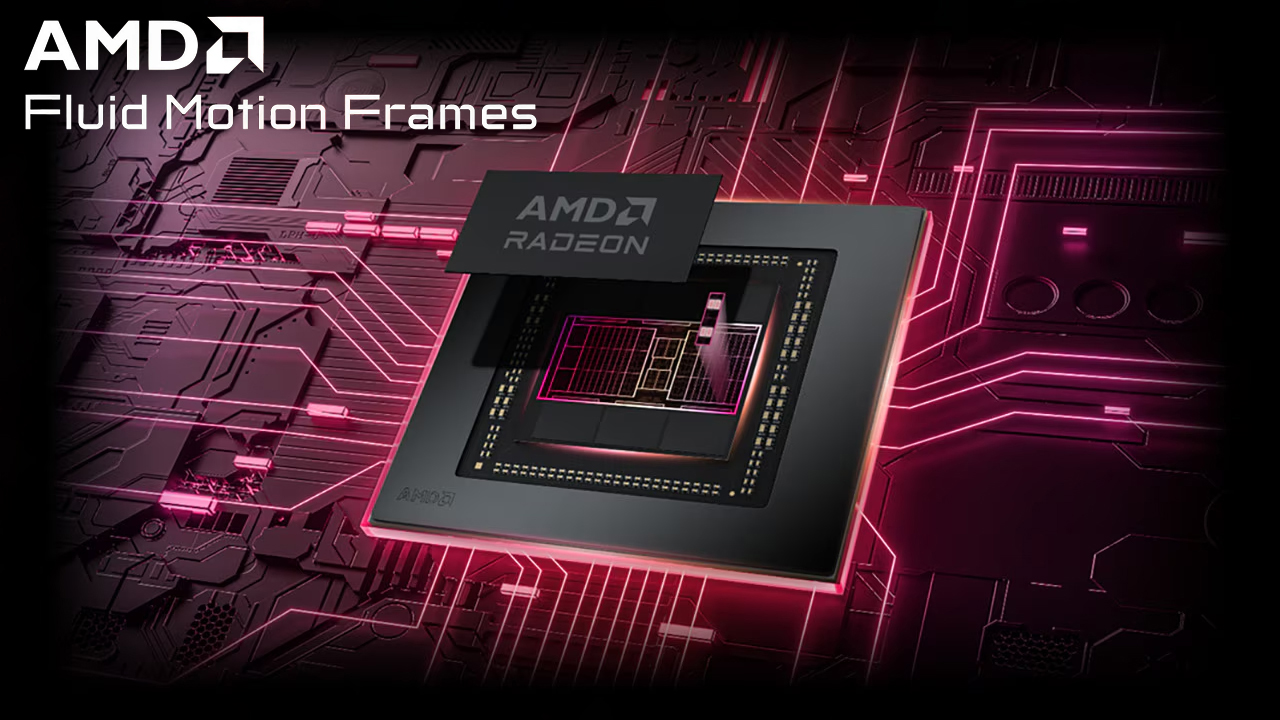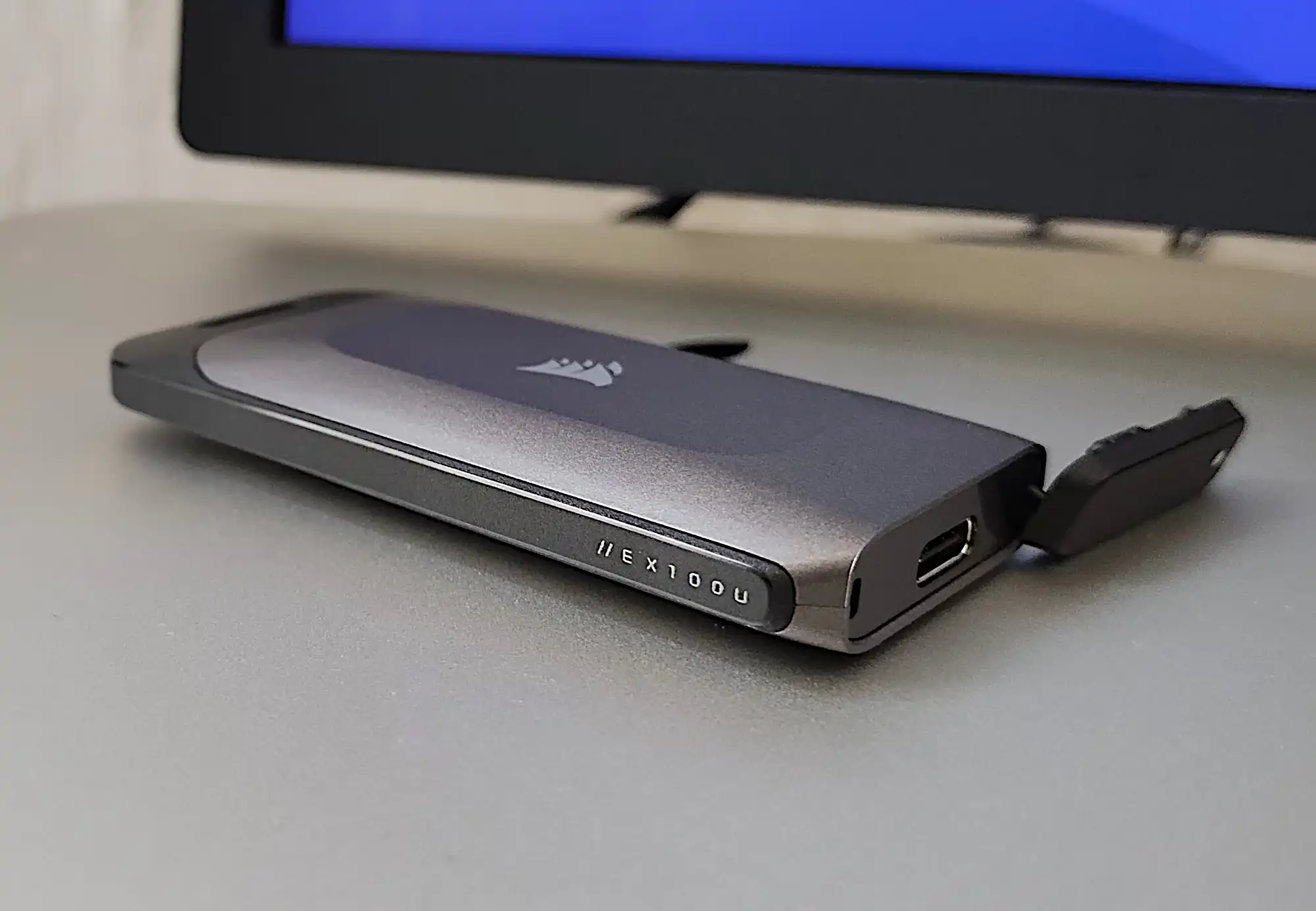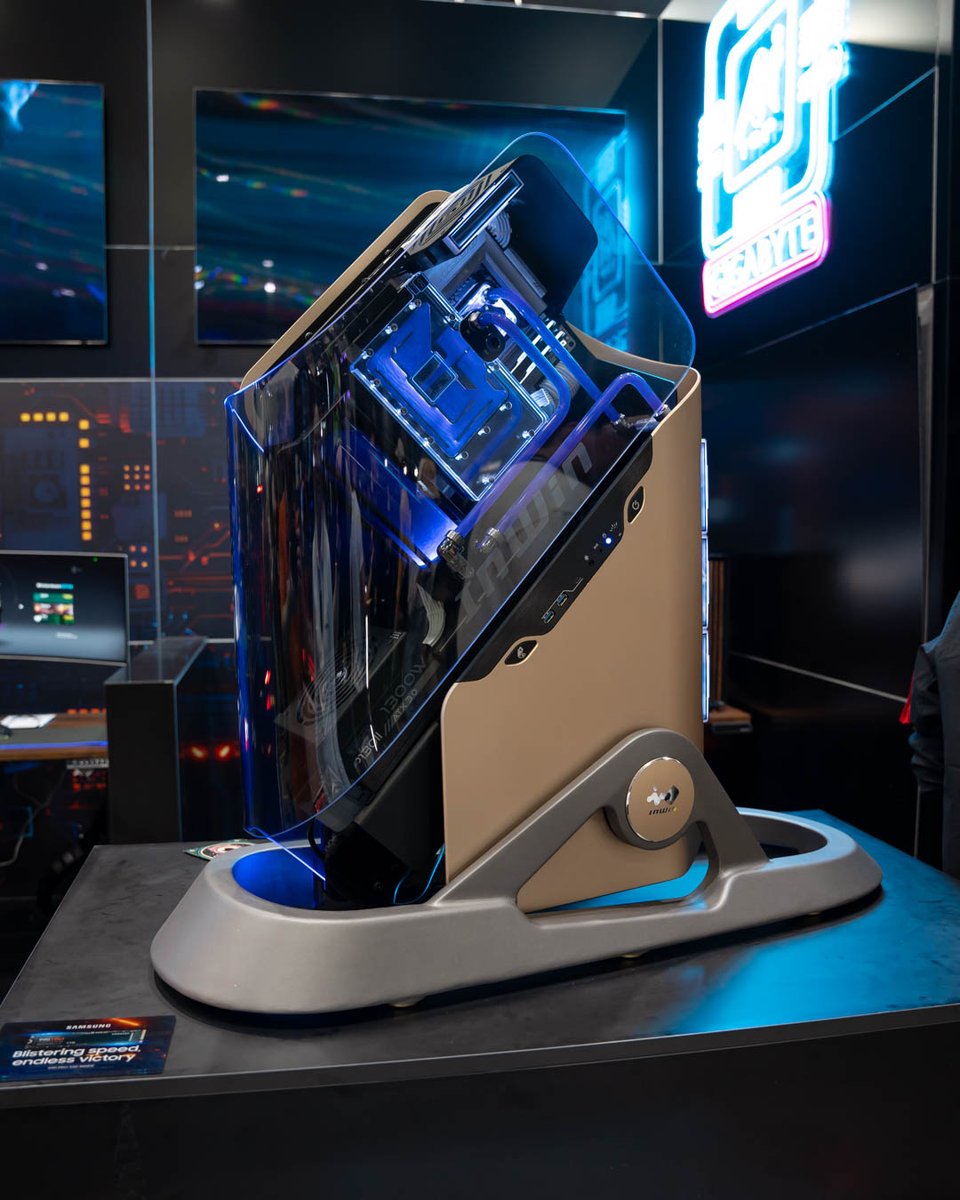
AMD has introduced an early version of AMD Fluid Motion Frames 2 (AFMF2), an AI-powered technology designed to boost frames per second for laptops equipped with Ryzen AI 300 processors, delivering noticeable frame rate improvements of up to 40%. Gamers can expect dramatic results in titles like Cyberpunk: 2077, where AMD claims AFMF2 can increase frame rates from around 56 FPS (at 1080p with low settings and Balanced FSR) to nearly 100 FPS. Initially offered as a technical preview, AFMF2 will later be included in AMD’s Adrenalin Edition software, which already provides a suite of tools like Radeon Super Resolution for enhanced gameplay visuals.
This marks the second iteration of AFMF, initially launched in January, which uses AI to interpolate frames, creating artificial in-between frames that improve the fluidity of gameplay. Gamers craving higher frame rates, particularly at lower resolutions or when performance constraints limit visual quality, can now experience a gameplay smoothness more akin to what might be expected from a high-end GPU. AFMF2’s benefits can be optimized with HYPR-RX profiles, allowing users to fine-tune their settings to extract the best possible performance from AMD’s integrated hardware.
Adding to the mix is AMD’s Variable Graphics Memory (VGM), a new feature that reallocates up to 75% of the system’s memory as dedicated VRAM. This is a valuable addition for laptops with substantial RAM — for example, a Ryzen AI 300 laptop with 32GB of system RAM can reallocate up to 8GB for VRAM on a Radeon 890M GPU, greatly enhancing graphics performance. VGM settings are available within the Adrenalin software’s Performance Tuning tab, allowing users to select Low, Medium, or High settings to leverage maximum system memory for graphics.
AFMF2 and VGM are expected to appeal to gamers who want smooth performance on integrated graphics. While Nvidia’s DLSS 3 provides a similar AI-based frame interpolation for those with dedicated Nvidia GPUs, AMD’s approach supports integrated graphics, making it accessible to a broader laptop market. Both technologies illustrate how AI advancements in CPU and GPU technology are transforming laptop gaming, offering accessible and high-quality graphics improvements across a range of devices.




